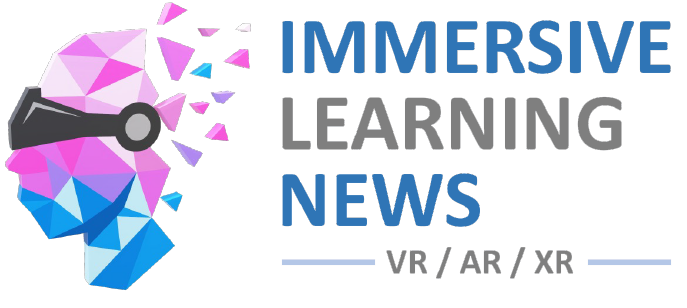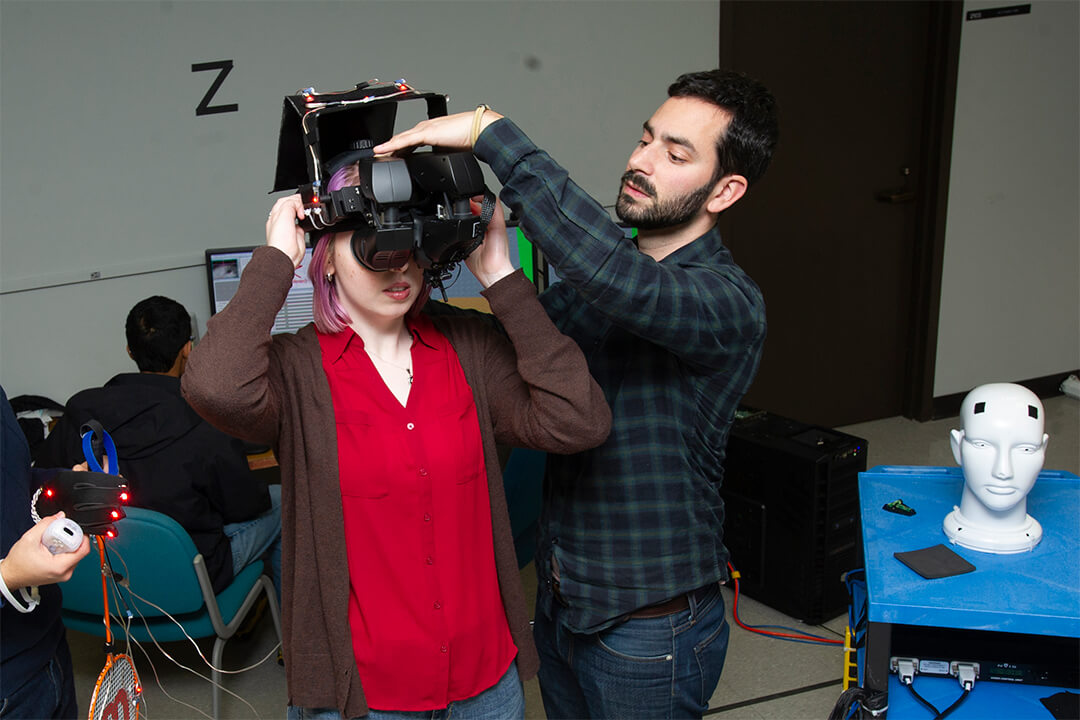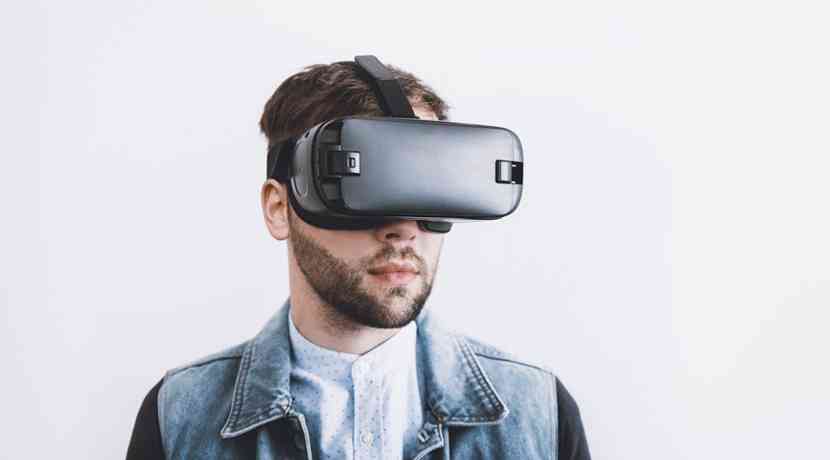The grant received by RIT from NIH will allow specialists to use virtual reality to help stroke patients regain eyesight.
The Rochester Institute of Technology (RIT) has recently won a National Institute of Health (NIH) grant for an innovative therapy involving virtual reality. This therapy will help stroke patients regain their eyesight and full field of vision. Moreover, patients will be able to have the therapy at home, as the new technology is more affordable and easier to use than standard eye trackers.
How Can Virtual Reality Help Stroke Patients Regain Eyesight?
According to the RIT press release sent to ARPost, about 1% of people over the age of 50 are afflicted by blindness following a stroke. The team of RIT researchers led by associate professor Gabriel Diaz is relying on methodologies developed over the last 10 years by another team member, Krystel Huxlin, M.D. Professor of Ophthalmology.
Dr. Huxlin has found that stroke patients can regain their eyesight if they perform targeted eye movement exercises. These exercises are designed to force patients to use the blind spots of their visual field. As for the method of administering these exercises, both associate professor Diaz and Dr. Huxlin believe that virtual reality is the best medium.
Creating a Consistent Virtual Reality Therapy for Patients
The team of researchers argues that current technology and devices available for eye tracker exercises cannot be used consistently at home.
“The goal of this work is to build upon Dr. Huxlin’s methodologies in a few ways. One major limitation of the current methodology is that people cannot train as effectively at home if they’re not under the supervision of a researcher who’s using an eye tracker,” Diaz explained.
VR Eye Tracking Exercises: Affordable and Easy to Perform at Home
At the moment, stroke patients who are trying to regain their eyesight have to go to a hospital to use an eye tracker device. It is both too expensive and very difficult to install such equipment in a patient’s home.
“We can do it in the lab right now with a desktop and a desktop-mounted eye tracker, but that’s a $40,000 device on top of the computer itself,” Huxlin said in the press release. “So, it’s completely impractical to deploy into a patient’s home. It’s too expensive and even if you were able to afford it, it’s almost impossible to self-calibrate and use the system on yourself. You have to have another person do the calibration on you.”
Virtual Reality Exercises Involve Both Sight and Sound
In contrast to hospital equipment, a virtual reality headset would be a practical choice for home use. And this grant will help the RIT research team to develop an eye tracker system that patients can use themselves.
Also, virtual reality has a supplementary benefit. The eye-tracking exercises will be accompanied by sounds. And, according to research, the human audio and visual systems are interconnected. Thus, the team wants to test whether sounds can speed up eyesight recovery in stroke patients. This aspect of the research is supervised by assistant professor of the UR’s Departments of Biomedical Engineering and Neuroscience, Ross Maddox.
When Will Patients Start Receiving Virtual Reality Treatment?
At the moment, the Rochester Institute of Technology is already running preliminary testing. Catherine Fromm, a Ph.D. student from the imaging science department is working on research on virtual reality components. Meanwhile, associate professor Diaz has started looking for undergraduate students who are eligible to help modify the eye-tracking devices required for the project.
Quelle:
Foto: Associate professor Gabriel Diaz, right, received a grant from the National Institutes of Health to use virtual reality to help patients with cortically-induced blindness restore portions of their vision. Credit: A. Sue Weisler/RIT
NIH Awards Grant to Rochester Institute of Technology to Treat Stroke Patients Using Virtual Reality



